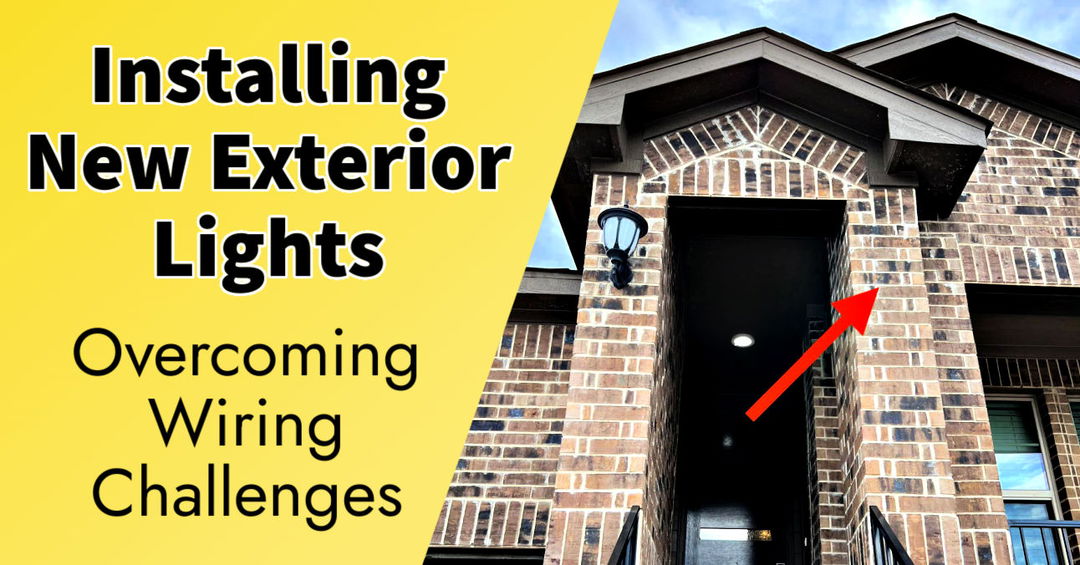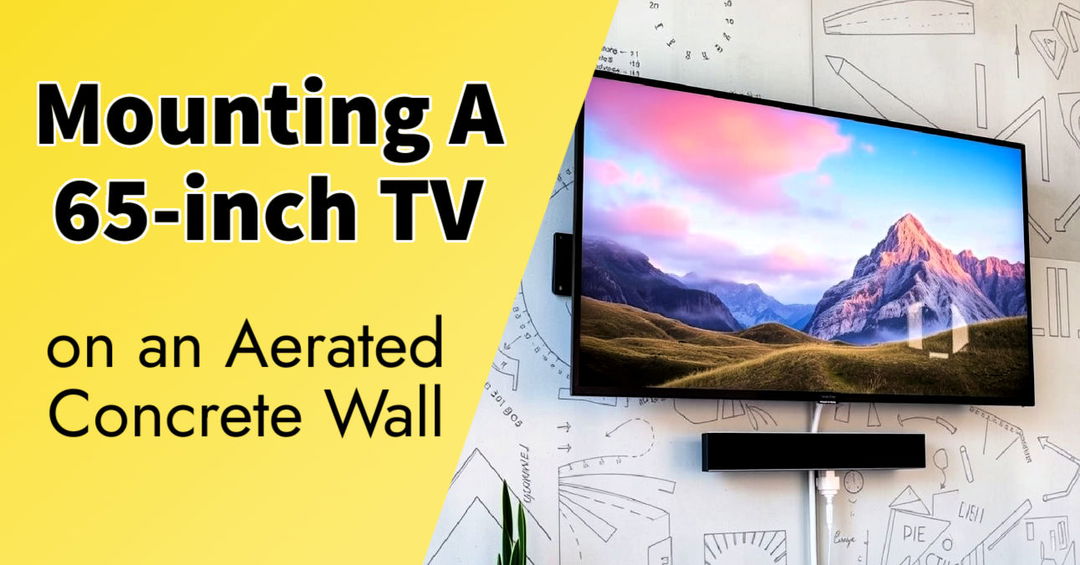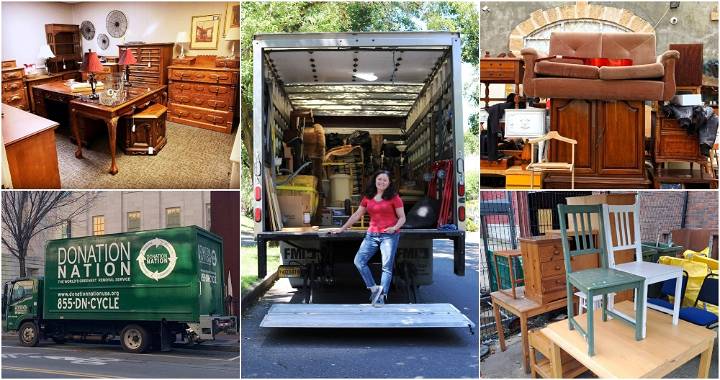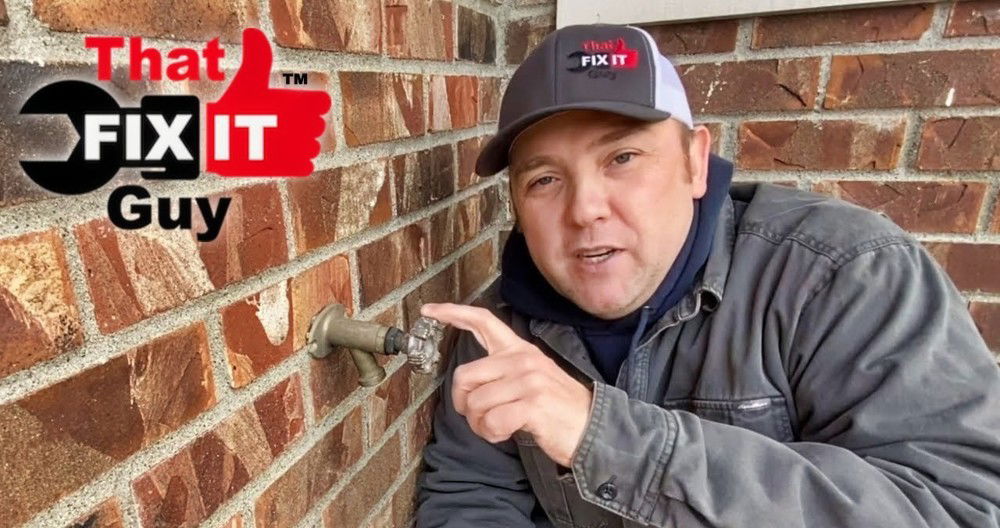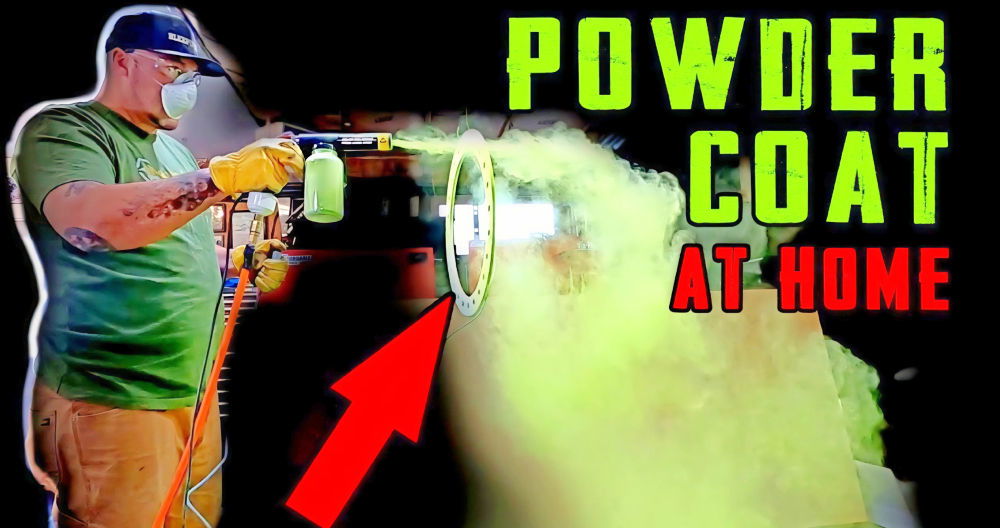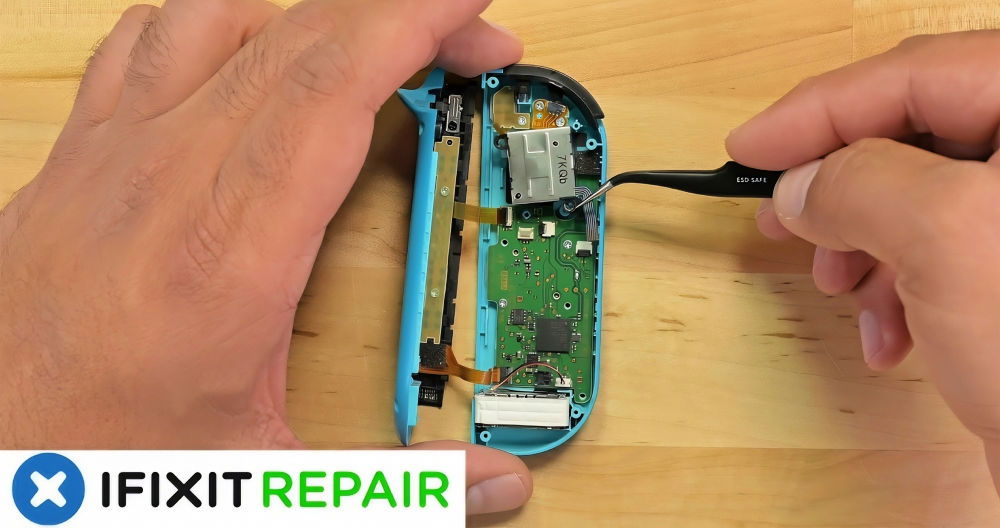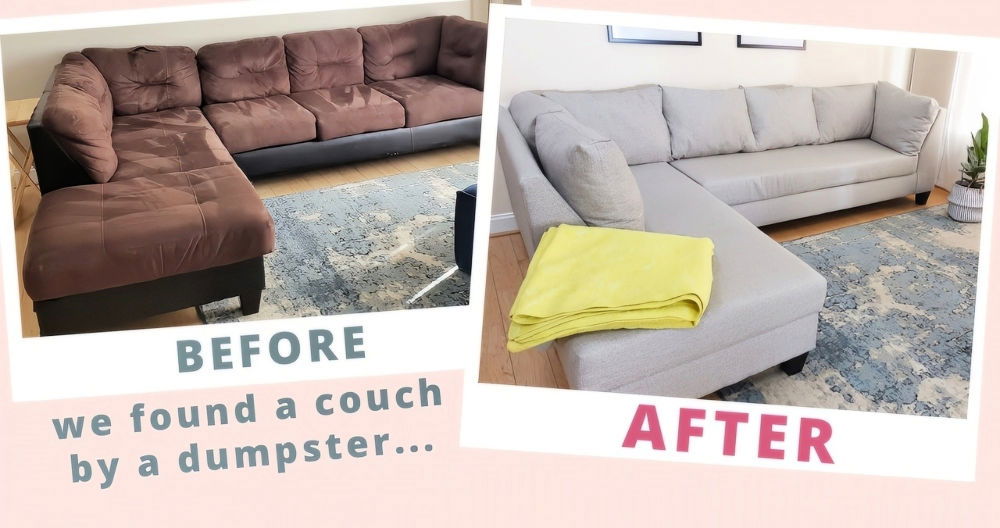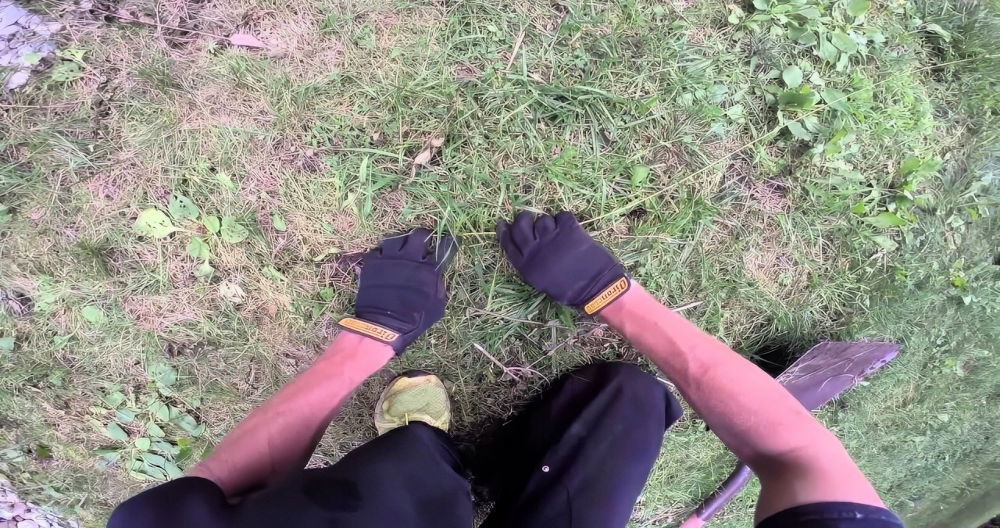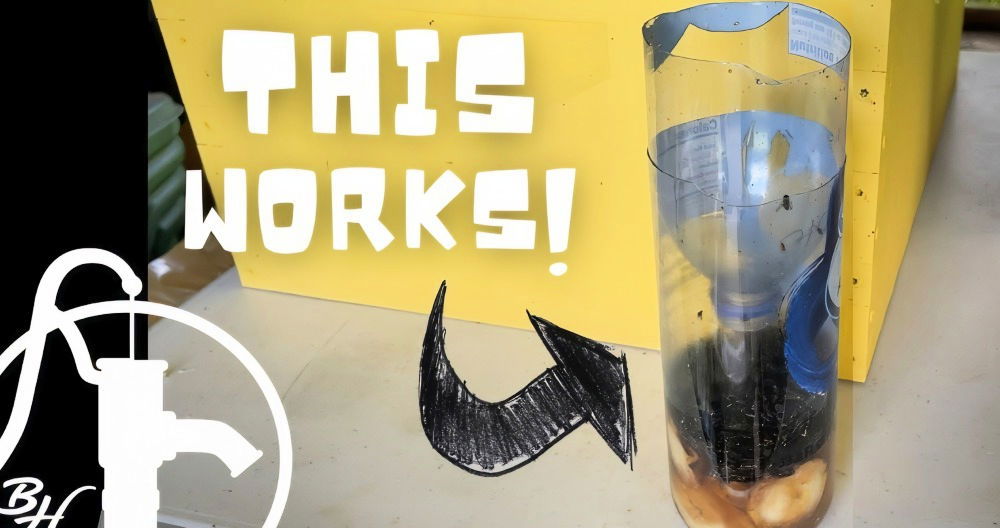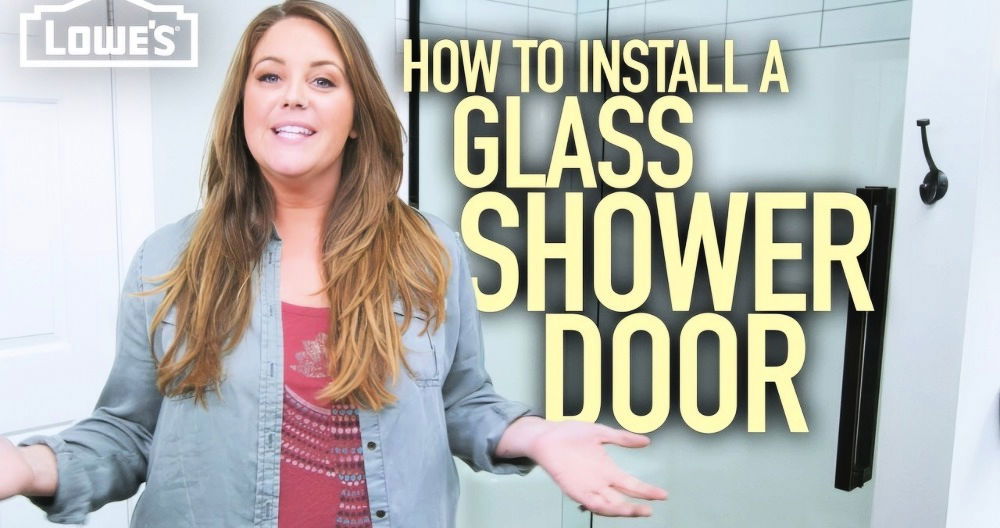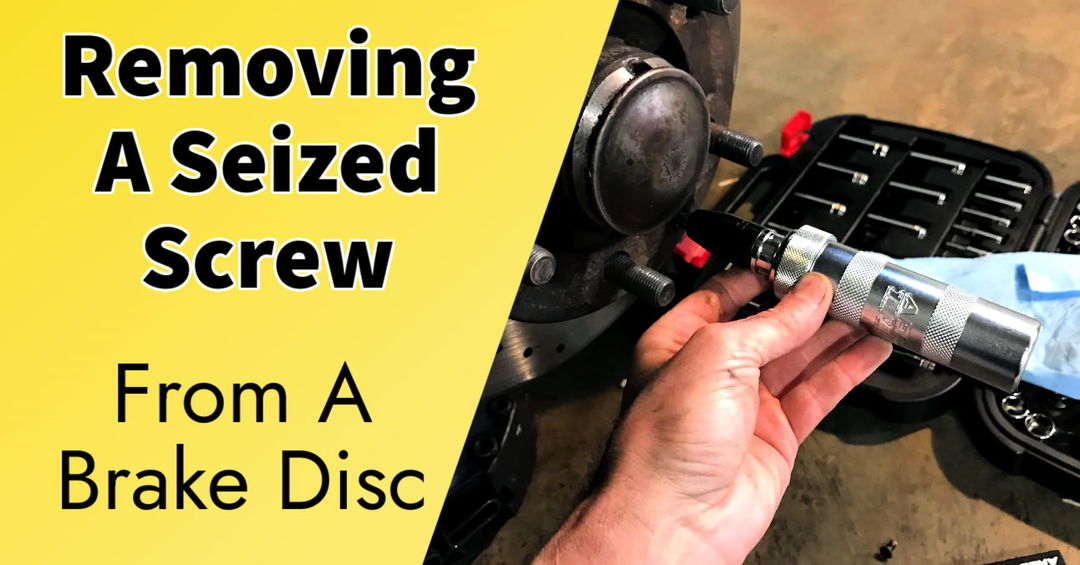Mounting a TV on an exterior wall can transform your outdoor space into an entertainment hub, perfect for watching movies, sports, or streaming your favorite shows while enjoying the fresh air. However, doing this correctly is essential to ensure the TV is securely mounted and protected from the elements. I’ve done several DIY projects like this, and here’s a step-by-step guide based on my experience and some helpful advice from the DIY community.
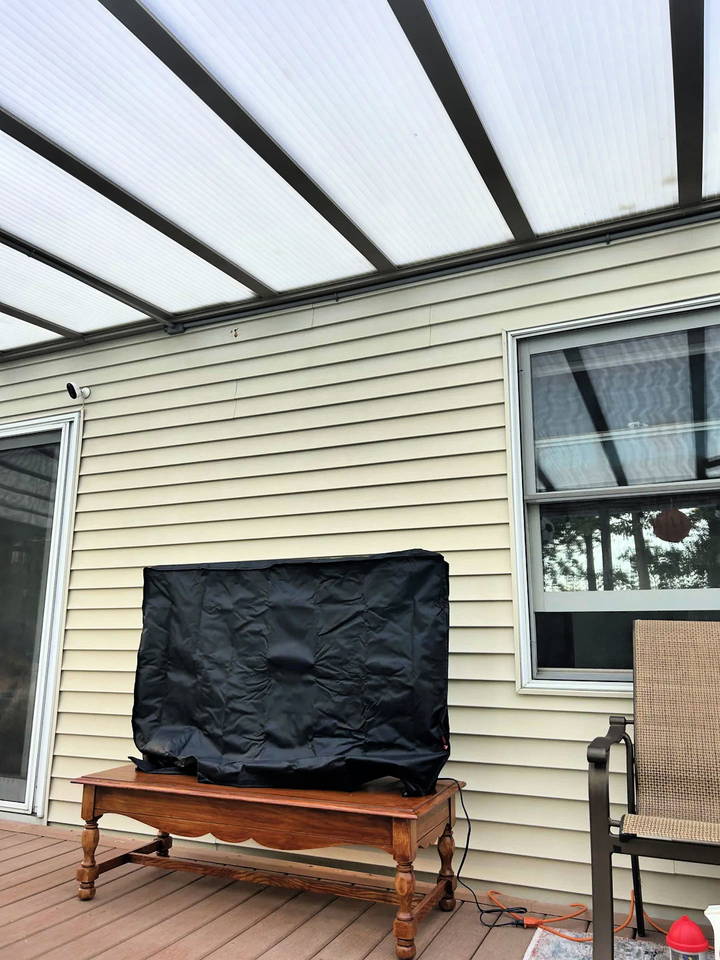
Why Mount a TV Outside?
Mounting a TV on an exterior wall or deck provides the flexibility to enjoy your favorite content while relaxing outdoors. Whether it’s for a cozy movie night under the stars or watching a game with friends during a barbecue, an outdoor TV setup adds value to your outdoor living space. However, unlike mounting a TV indoors, there are unique considerations when installing one outside, such as weather protection, secure mounting, and choosing the right spot.
Choosing the Right Spot
Before diving into the technical aspects, the first step is deciding on the best location for your TV. Consider the following factors:
- Visibility and Viewing Angle: Make sure the TV is easily viewable from your seating area. Avoid mounting it too high or too low for optimal viewing comfort.
- Protection from Elements: Choose a location that is shielded from direct sunlight, rain, and wind. If possible, mount it under a covered patio or porch. This will extend the life of your TV and reduce glare on the screen.
- Proximity to Power and Connectivity: Ensure the TV is close to a power outlet and has easy access to cable or satellite connections or a strong Wi-Fi signal for smart TVs.
Tools and Materials Needed
To mount a 55” TV on an exterior wall, you’ll need several tools and materials. Here’s what I recommend based on my own experience and tips from the DIY community:
- Stud Finder: Essential for locating studs within the wall to secure the TV mount.
- Drill and Drill Bits: A power drill with the right-sized drill bits for pilot holes and screws.
- Lag Screws and Anchors: Strong lag screws are crucial for securing the mount to the studs.
- Level: To ensure the mount is perfectly horizontal.
- Outdoor TV Mount: Ensure it’s rated for outdoor use, especially if you live in an area with extreme weather conditions.
- Siding Blocks: These help to mount the TV securely if your exterior wall is covered in siding.
- Weatherproof Box or Cover for Cables: Protects the connections from rain and moisture.
Step-by-Step Guide to Mounting Your TV
Step 1: Locate the Studs
Finding the studs is crucial for a secure installation. While interior walls typically have visible or easy-to-locate studs, exterior walls, especially those with siding, require extra attention.
- Use a stud finder to locate the studs on the exterior wall. Make sure to mark them clearly.
- Double-check the location by knocking on the wall; a hollow sound indicates you’re not on a stud, while a solid sound confirms it.
Step 2: Prepare the Mounting Area
Once the studs are located, it’s time to prepare the mounting area. If your exterior wall is covered with siding, using siding blocks can provide a sturdy surface for mounting.
- Cut a Siding Block: If you’re mounting on siding, consider cutting out a section and replacing it with a sturdy backing like plywood, as suggested by a DIYer who installed a 55” TV on their porch.
- Install the Block with J Channel: Use a J channel to surround the block for a clean finish. Ensure that the block is firmly attached to the wall and the siding is sealed to prevent water ingress.
Step 3: Drill Pilot Holes
Drilling pilot holes prevents the wood from splitting and ensures the screws go in straight.
- Hold the TV mount bracket against the wall in the desired position.
- Use a pencil to mark the points where you’ll drill into the studs.
- Drill pilot holes using a drill bit slightly smaller than the diameter of your screws.
Step 4: Attach the Mount to the Wall
With the pilot holes ready, it’s time to secure the mount.
- Position the mount over the pilot holes and drive lag screws into the studs. Make sure the mount is level before fully tightening the screws.
- If using anchors, insert them into the drilled holes before driving in the screws.
Step 5: Mount the TV
Mounting the TV itself is the final step, but it requires precision to avoid any mishaps.
- Attach the mounting bracket to the back of the TV. Ensure it’s compatible with the outdoor-rated mount you’ve chosen.
- Lift the TV and carefully place it onto the wall mount. Make sure it locks securely into place.
- Check that the TV is level and securely fastened.
Step 6: Manage Cables and Protect Connections
Outdoor conditions can quickly deteriorate cables and connectors. Therefore, protecting them is key.
- Run Cables Through a Weatherproof Box: Use a weatherproof box to keep connections dry.
- Use Cable Clips and Zip Ties: Secure cables neatly along the wall to prevent them from being tugged or exposed to elements.
Additional Tips for a Successful Installation
- Consider an Outdoor TV: Standard TVs aren’t designed to withstand outdoor conditions. Outdoor-rated TVs have special coatings and are sealed against moisture.
- Use a Protective Cover: Even if your TV is under a covered porch, a protective cover can add extra protection when the TV is not in use.
- Be Mindful of Temperature Changes: Electronics can be sensitive to extreme temperatures. If you live in an area with significant seasonal changes, consider bringing the TV inside during off-seasons.
Enjoy Your Outdoor Viewing Experience
Mounting a TV on an exterior wall opens up a world of outdoor entertainment possibilities. Whether it’s for family movie nights, a summer barbecue, or watching sports with friends, the key is to ensure a secure and weather-protected installation. With the right tools, preparation, and a bit of DIY know-how, you can create a fantastic outdoor viewing experience that will be the envy of your neighborhood.
By following these steps and tips from seasoned DIY enthusiasts, you can confidently mount your 55” TV on an exterior wall, ensuring it remains secure, functional, and protected from the elements. Enjoy your new outdoor setup!
FAQ: Mounting a 55" TV on an Exterior Wall
This FAQ section provides answers to common questions about mounting a 55” TV on an exterior wall, focusing on practical tips, troubleshooting advice, and specific scenarios that may arise during the installation process.
What if I can't find a stud where I want to mount my TV?
If there isn't a stud exactly where you want to mount your TV, you have a few options:
- Use a Mounting Plate: Install a piece of plywood or a mounting plate that spans the distance between two studs. This will provide a stable surface to attach the TV mount.
- Wall Anchors: Heavy-duty wall anchors can be used if you must mount the TV in a specific spot without a stud. However, this method is less secure, especially for larger TVs.
Can I mount a TV on siding?
Yes, you can mount a TV on siding, but you need to take extra steps to ensure stability and weather protection:
- Use Siding Blocks: Siding blocks are useful when mounting on a wall with siding. They provide a flat and solid surface for the mount and protect the siding material from damage.
- Add a Backing Board: Consider replacing a section of the siding with a piece of treated plywood or similar material that can support the mount. Surround it with a J channel for a neat finish.
How do I protect my TV and cables from weather?
Weather protection is crucial for extending the life of your outdoor TV and its components:
- Protective Covers: Use a weatherproof TV cover when the TV is not in use to protect it from rain, snow, and dust.
- Cable Management: Run cables through a weatherproof box or conduit to protect them from moisture and UV damage. Make sure all connections are sealed and covered.
What type of TV should I use outdoors?
You have two main options for outdoor TV setups:
- Outdoor-Rated TVs: These are specifically designed to withstand outdoor conditions such as moisture, extreme temperatures, and UV exposure. They are more expensive but provide better durability and safety.
- Regular Indoor TVs: Some people opt to use a standard TV outdoors, especially in covered areas. If you go this route, ensure the TV is well-protected from direct exposure to the elements. Regular TVs are more affordable but may not last as long.
Can extreme temperatures or wind affect my outdoor TV setup?
Yes, extreme weather conditions can impact your TV and its mount:
- Cold Weather: Electronics can be sensitive to freezing temperatures. If you live in an area with cold winters, consider bringing the TV indoors during the off-season.
- Wind: Strong winds can cause a mounted TV to sway or vibrate. Ensure the mount is rated for outdoor use and securely fastened to studs or a solid backing to minimize movement.
What if I want a movable TV mount?
Movable or articulating mounts are popular for outdoor setups to adjust viewing angles, but they require extra precautions:
- Use Heavy-Duty, Weatherproof Mounts: Ensure the mount is designed for outdoor use and can handle the weight and size of your TV.
- Secure Mounting: Make sure the mount is firmly attached to the studs or a solid backing to prevent any accidental falls or shifts when extended.
Are there any special considerations for mounting a TV under a covered porch?
Mounting a TV under a covered porch provides natural protection from the elements, but there are still some factors to consider:
- Moisture: Even with a cover, humidity and condensation can affect the TV. A protective cover can help when the TV is not in use.
- Direct Sunlight: Avoid areas with direct sunlight, as it can cause glare and heat buildup, which can damage the screen over time.
How do I ensure the mount is level on a surface with uneven siding?
If the wall surface is uneven due to siding or other exterior features, follow these tips:
- Level the Mounting Plate: Use a level to ensure that the mounting plate or block is perfectly horizontal. You can adjust with shims if necessary.
- Check Regularly During Installation: Double-check the level of the mount at each step of the installation process, especially before fully tightening the screws.
What should I do if my TV screen appears wrinkled or distorted after installation?
A wrinkled or distorted screen may indicate issues with the mount or environmental factors:
- Check Mount Stability: Ensure the mount is secure and level. If it is not properly aligned, it can put stress on the TV and cause screen distortion.
- Inspect for Heat Exposure: Heat from direct sunlight or other sources can warp the screen. Make sure the TV is positioned away from direct heat sources.
How can I safely mount a TV if I live in a high wind area?
In areas with frequent high winds, securing the TV and mount becomes even more critical:
- Use Reinforced Mounts and Backing: Opt for heavy-duty mounts and consider reinforcing the installation area with additional backing or support.
- Secure All Cables and Accessories: Ensure all cables are securely fastened and protected to prevent them from being damaged by wind.
What alternative methods can I use if I'm unable to drill into the exterior wall?
If drilling into the wall is not an option, consider these alternatives:
- Free-Standing TV Stand: Use a weatherproof, outdoor-rated TV stand that can be placed on a flat surface.
- Mounting on a Pergola or Deck Rail: If your deck has a pergola or sturdy railing, you might be able to mount the TV onto these structures instead.
This FAQ aims to cover various concerns and questions that might arise when mounting a 55" TV on an exterior wall, helping you plan a safe, secure, and enjoyable outdoor TV setup.


